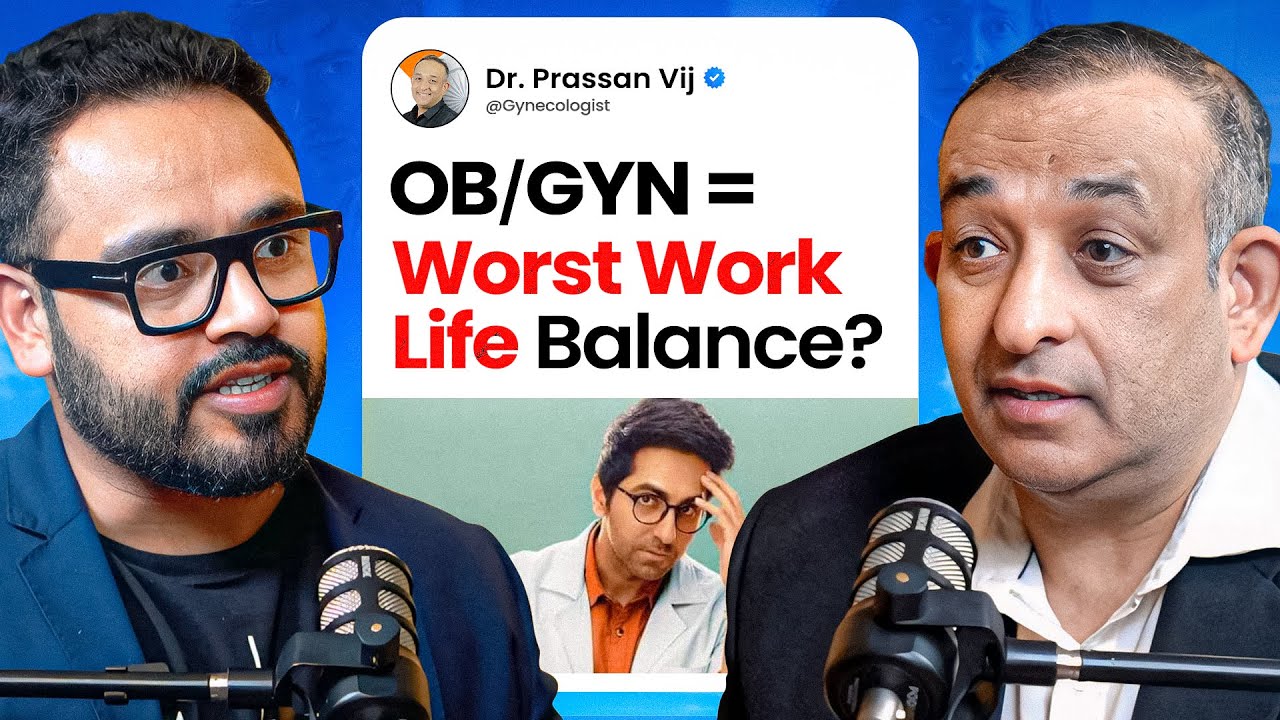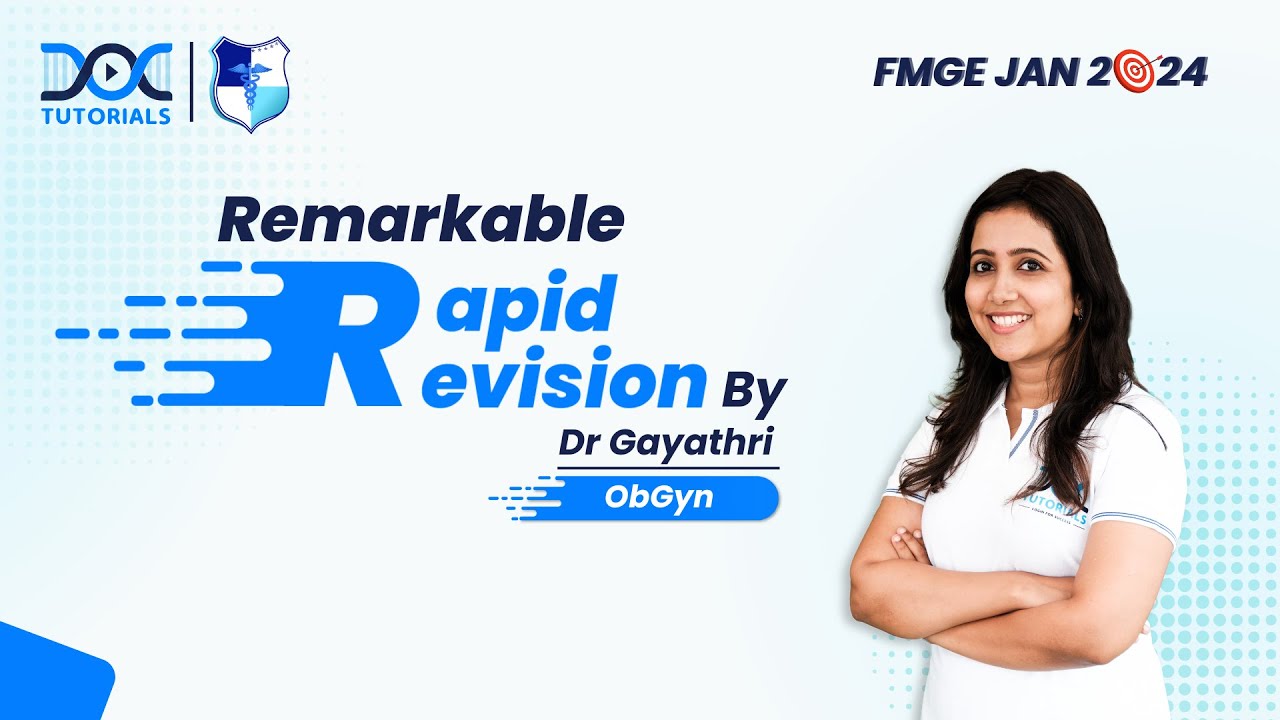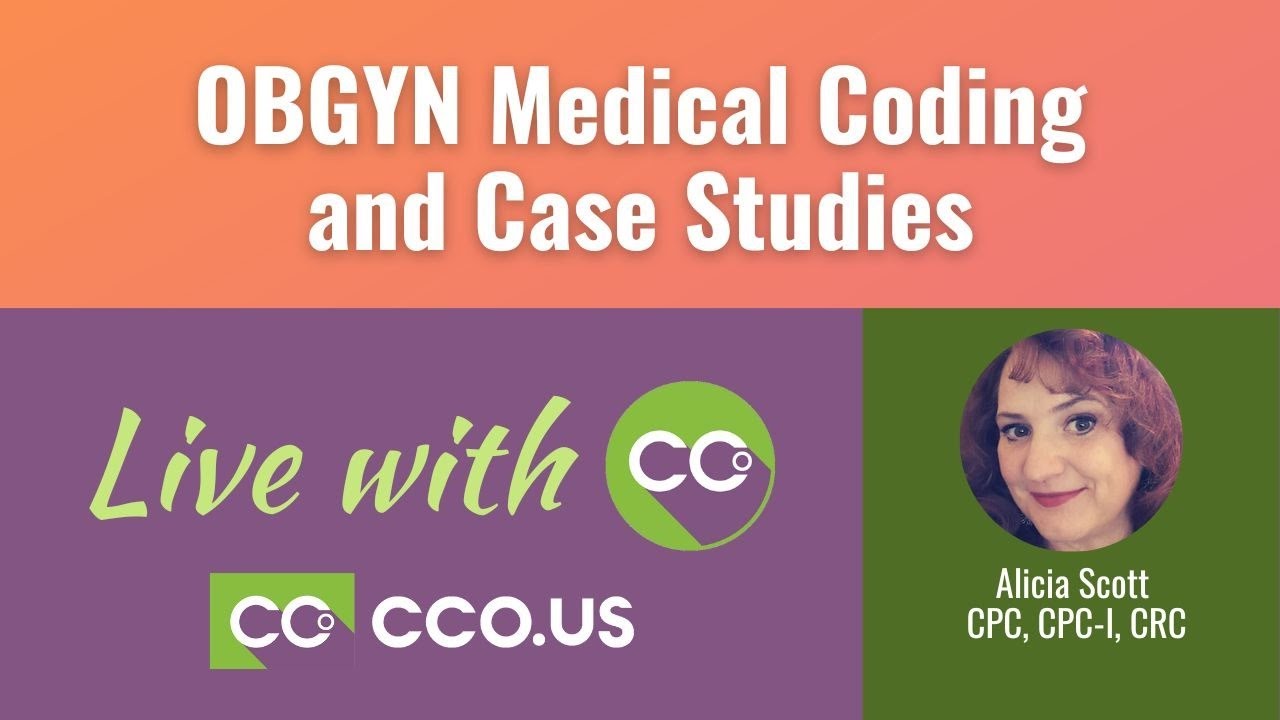NEW YORK (Reuters Health) – Among women undergoing in vitro fertilization, the need for salpingectomy does not reduce subsequent ovarian response to controlled hyperstimulation for oocyte retrieval, a Canadian and Israeli team reports in Fertility and Sterility online April 6.
Previous studies of women undergoing IVF after salpingectomy have had contrasting findings, with some indicating reduced follicles and oocytes in the ipsilateral ovary while others have not, Dr. Togas Tulandi, at McGill University in Montreal, Quebec, Canada and colleagues explain.
To investigate further, they examined the records of 36 women who underwent IVF treatments before and after laparoscopic salpingectomy for ectopic pregnancy or hydrosalpinx. Each woman thus served as her own control as her IVF cycle parameters before salpingectomy were compared with parameters after the procedure.
There was no significant difference before and after surgery in any measure, according to the report.
For example, the mean maximal estradiol levels during controlled ovarian stimulation were 1889 pg/mL before salpingectomy compared with 1997 pg/mL afterwards. Corresponding figures for the number of dominant follicles were 7.2 vs 7.3, and the numbers of oocytes collected were 10.2 vs 10.3.
The authors suggest that one reason for the discrepancy between their findings and those of some other studies might be differences in salpingectomy techniques. They advise that it is important to avoid compromising the blood supply to the ovary during the procedure.
Summing up, Dr. Tulandi and colleagues conclude,






